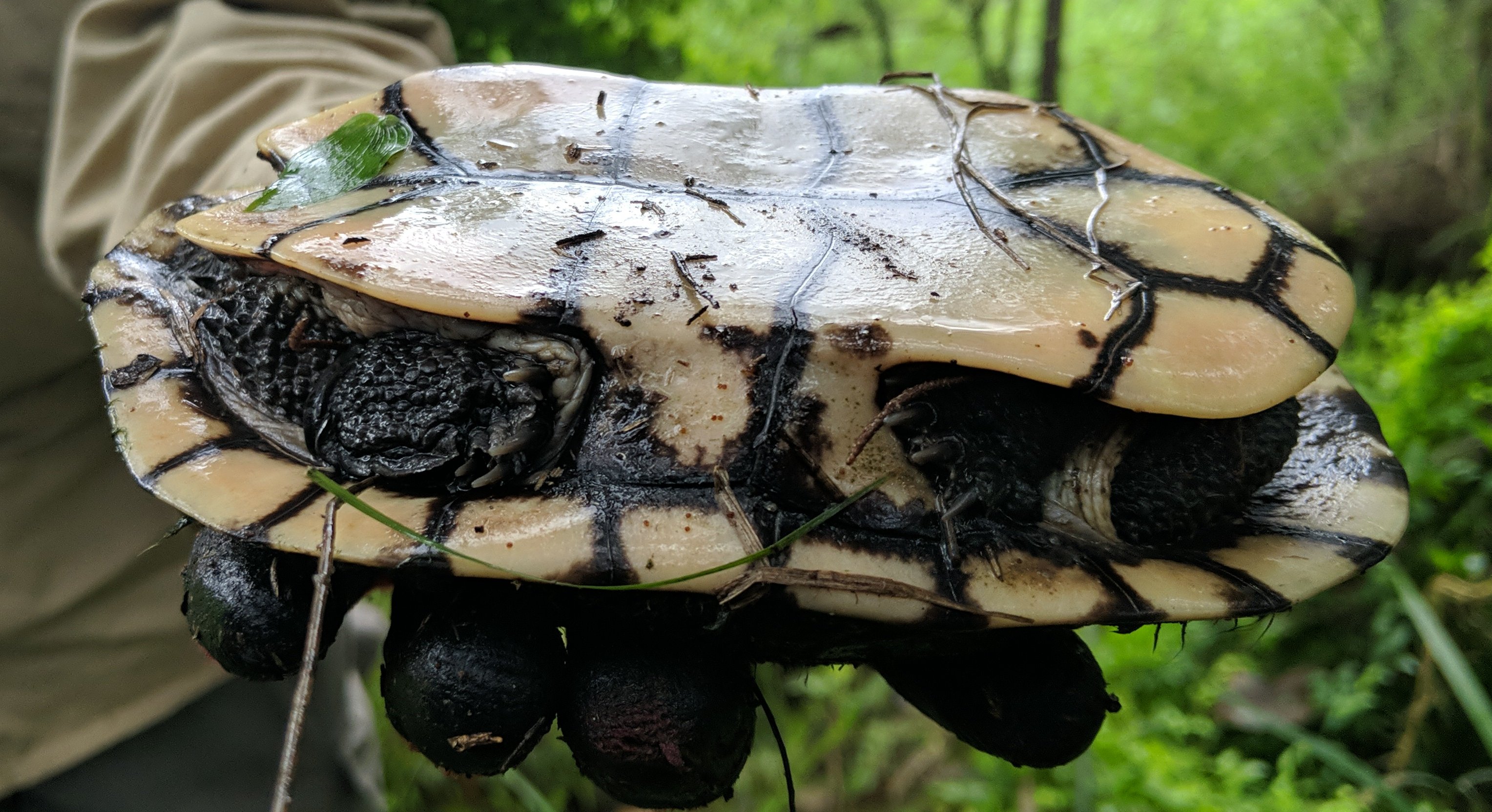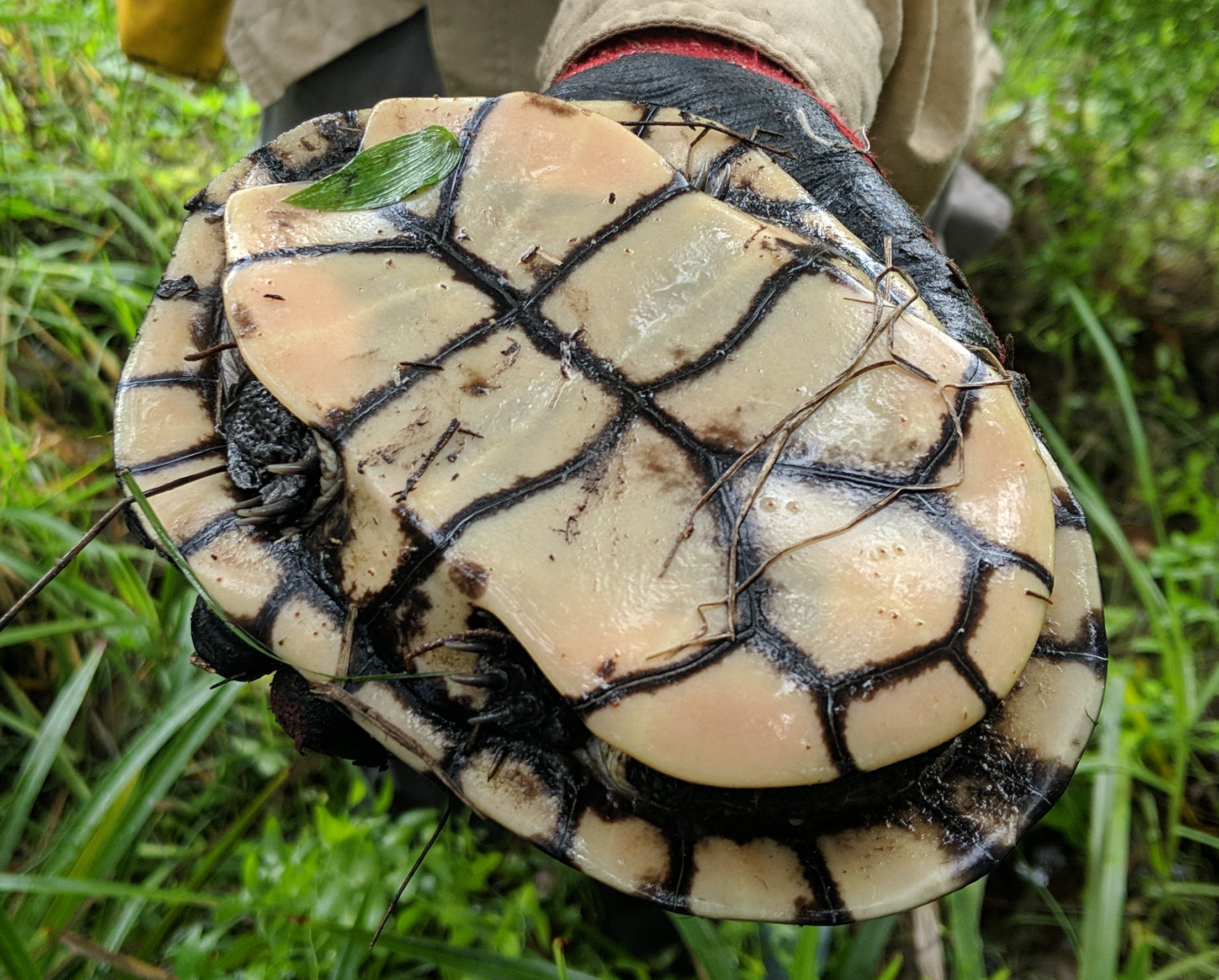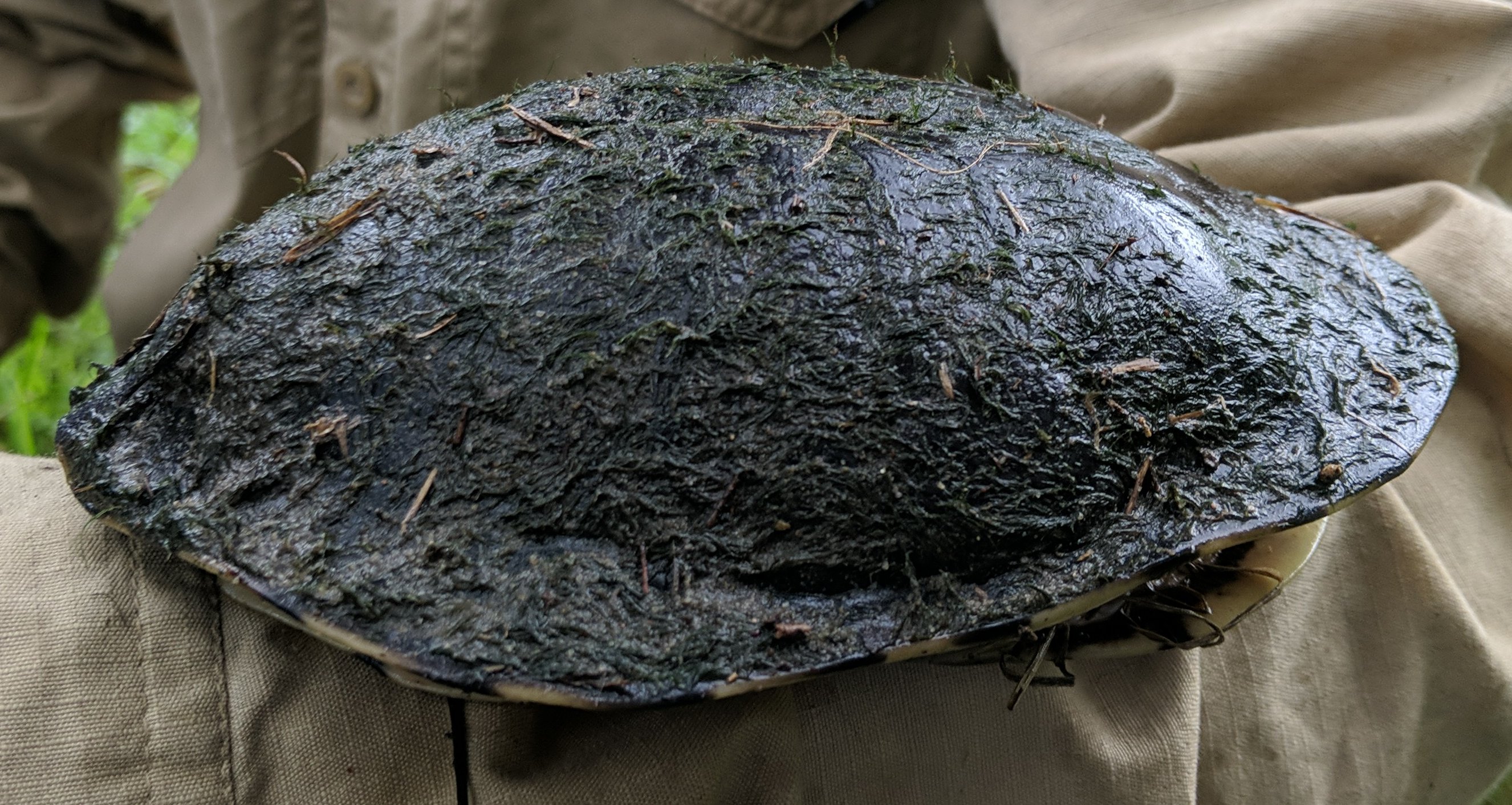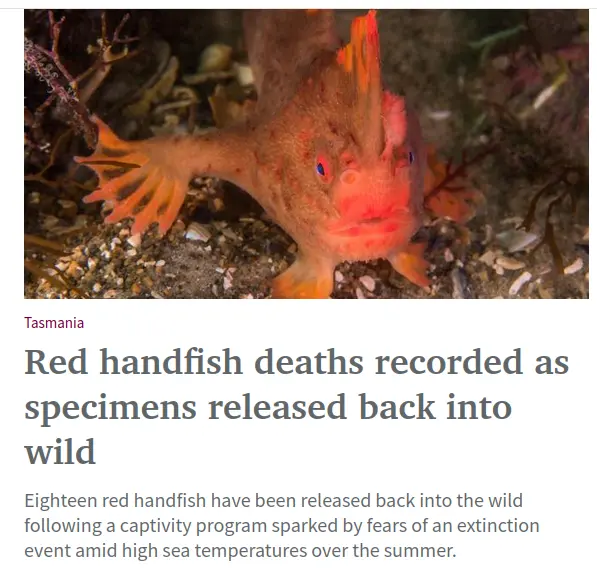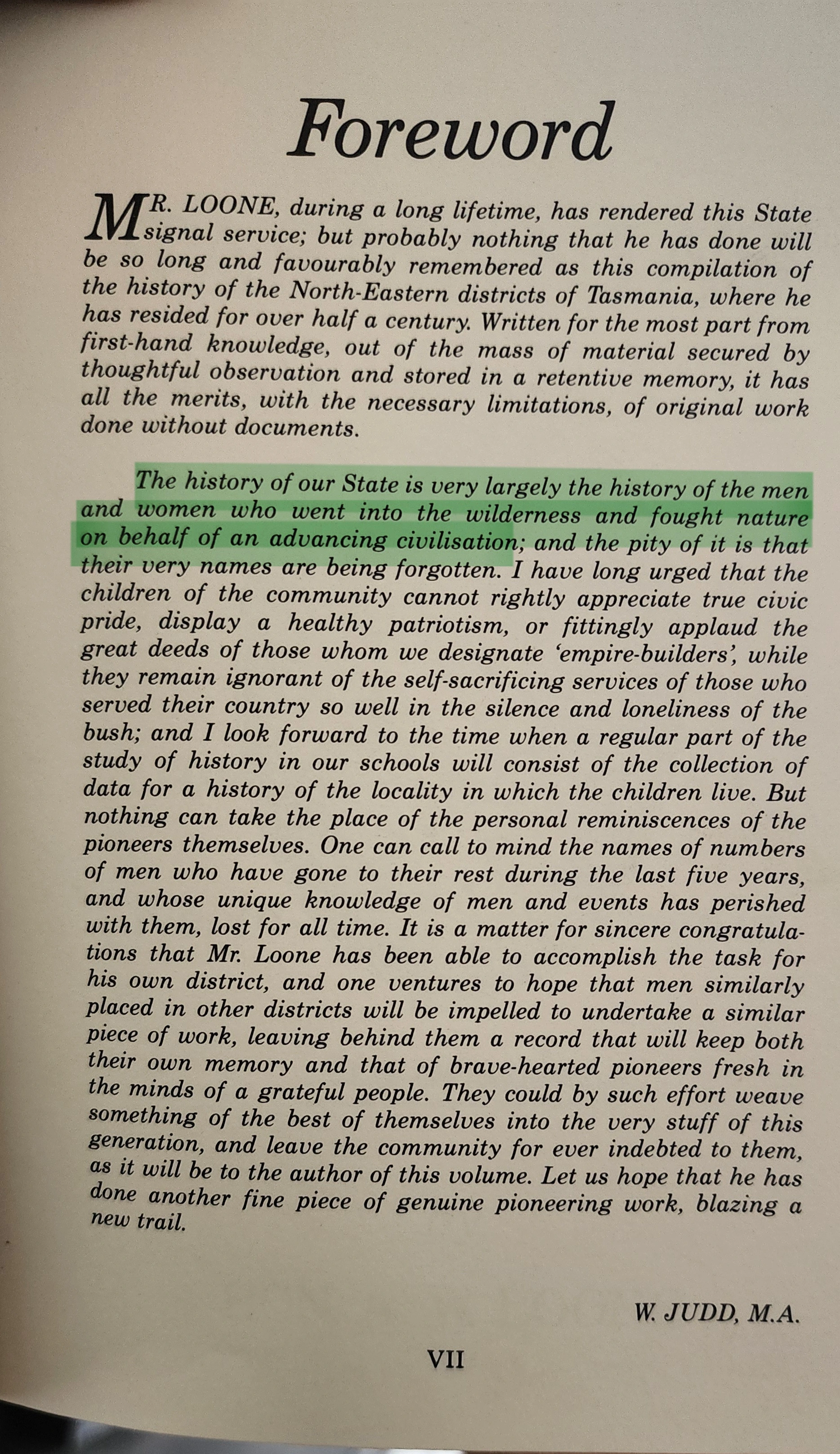Finally, after a devastating decade of climate and energy transition chaos, inaction and underinvestment under the LNP luddites, we appear to have a government that appreciates Australia’s comparative advantages.
Superabundant renewables, world-leading reserves of critical minerals and strategic metals, an advanced industrial base and strong human capital – are key to locking in our economic prosperity for decades to come.
On Tuesday night, the federal government announced $21.0 billion of new funding initiatives under the Future Made in Australia Act strategic framework in Treasurer Jim Chalmers’ 2024-2025 Federal Budget.
Adding to the around $45 billion of capital support in the 2023 budget, this is another substantial downpayment on the $100 billion of new capital and budget support needed this decade to drive investment in zero emissions industries of the future for Australia.
And notwithstanding last week’s travesty of a Gas Strategy that inexplicably centres methane in our energy mix for decades and decades to come, we can see the burgeoning pivot from our dig-and-ship petrostate to a fit for purpose economy gearing up for the opportunities of a post carbon world. Fortunately, there was no sign of any new support in the budget for methane.
Unlike our trade partners, preeminently the US with the $1tn Inflation Reduction Act’s ‘green new deal and South Korea’s US$313bn public financing of decarbonisation in March 2024, our government has taken a more careful, incremental approach to rolling out state investment in cleantech and renewables.
This is probably by virtue of political necessity given the fomenting of the climate wars and distraction and delay by the Federal opposition, which somewhat mutes the scale of what is being targeted. But now, in combination with the last Budget, we see real forward momentum.
Key initiatives in Budget 2024-25 include:
– A new $7bn Critical Minerals value-adding Production Tax Credit.
– $3.2bn additional funding for ARENA technology commercialisation.
– A $6.7bn Hydrogen Production Tax Incentive and $1.3bn of additional Hydrogen Headstart funding (we presume this will be domestic use oriented e.g. green iron).
– $209m into the Net Zero Economy Authority.
– $168m to prioritise approval decisions for renewable projects of national significance.
– $500m Battery Breakthrough Initiative.
– $179m in additional employment & skills supports for regions + $56m in Building Women’s Careers program + $91m to accelerate the development of the clean energy workforce & expanding the New Energy Apprenticeship Program.
– $777m for strong First Nations workforce participation and development.
The implementation of the Future Made in Australia Act (FMIA) will be guided by a framework comprising a ‘net zero transformation’ stream, where Australia has grounds to build enduring comparative advantage; and an ‘economic security and resilience’ stream, which will identify sectors that are critical to our resilience and vulnerable to supply disruptions.
Five industries are highlighted as aligned with the National Interest Framework: Renewable hydrogen; Critical minerals processing; Green metals; Low carbon liquid fuels; Clean energy manufacturing, including battery and solar panel supply chains.
The Government will establish a ‘new front door for investors’ with major, transformational investment proposals related to Future Made in Australia to make it simpler to invest in Australia and attract more global and domestic capital. This is a strategically important initiative – collaboration with global technology leaders is going to be key to FMIA’s success.
The development of the production tax credit (PTC) model for critical minerals and green hydrogen to incentivise onshore value-adding is a strong step forward, a clear acknowledgement that Australia can’t simply leave it to free markets when other countries have made such significant public interest interventions, undermining global trade.
Some question this over-emphasis on renewable hydrogen, but our read is this is capacity building for mostly domestic applications, including production of green iron for export, a key opportunity for Australia in future global trade.
This will also leverage Energy Minister Bowen’s 82% Renewables by 2030 initiative, turbocharged by the 32GW Capacity Investment Scheme which is driving the rollout of utility scale firmed renewables by underpinning and catalysing private investment, meaning Australia can power our new refineries and regional cleantech manufacturing precincts with renewables so as to export ‘embodied decarbonisation’.
The world is in a technology, trade and finance decarbonisation race to the top as the global energy transition speeds up. This is Australia’s biggest investment, employment, and export opportunity in a century to reorient from our fossil fuel reliant past.
We clearly needed this budget to respond strategically, proportionally and fast, which it has done.
The overall $9bn surplus announced demonstrates this government’s financial credentials and builds in a strong financial fiscal position for the second consecutive year, a marked contrast to the previous mob’s nine-year run of deficits. Now the Albanese government is also starting to show us the money, and invest in a more sustainable economic future for Australia.
It shows a government that understands both this imperative to act to transition Australia to its future as a clean, green superpower and the opportunity cost and risks of not moving to secure Australia’s place in the new net zero world economy.
However, while the budget is pleasing, we would encourage the government to consider more ambitious capital support in future budgets to massively accelerate renewable energy and electrify everything; stimulate value-adding onshore of our world leading critical mineral and metals resources; and rebuild our manufacturing base so we can make things here and secure our position in cleantech supply chain. This will attract an influx of private capital to energy transition.
Over the last year we have seen the allocation of some $45bn of mostly capital support for decarbonisation and reindustrialisation: $15bn to the National Reconstruction Fund; $20bn Rewiring the Nation funding (into the CEFC); the $4bn Critical Minerals Fund; $1.9bn into Powering the Regions; $1bn into the Solar Sunshot; $2bn into the Hydrogen Headstart.
We applaud the extra $3.2bn funding into ARENA.
We continue to call on the government to give the Future Fund a $20bn equity mandate for mining value-adding, to underpin majority Australian equity ownership.
CEF will continue to advocate for more patient, strategic capital support, in terms of debt, private equity, common user infrastructure and equity to derisk and crowd-in the $200-400bn of private capital needed over the coming decade or so.
We note the reference to leveraging Export Finance Australia’s National Interest Account, expanded to include support for projects where domestic capability is critical to protect our national security interests.
$3.5bn in new energy bill relief for households will help offset a fraction of the fossil fuel sector hyperinflation that has driven bill shock. The only permanent solution to the energy price crisis is firmed renewable energy.
On this point, and on the downside of this Budget, we particularly note the absence of any additional stimulus on ‘electrifying everything’, and only $28m of new funding to better integrate consumer energy resources into the grid.
This is disappointing when household electrification and grid modernisation is key to cheap, clean, secure energy for all Australians and a cornerstone opportunity that should be aligned and commensurate with the industrial stimulus that is the key feature of this Budget.
We also note that the expensive imported high emissions diesel fuel subsidy is set to rise to an average of $11bn annually over the forward estimates. This is a massive headwind to domestic energy security, decarbonisation and electrification. As CEF has previously argued, after 60 years, it is past time for this to be capped at $50m pa per corporation (which will leave 100% of our farmers unaffected).
We note there is $32m over the forward estimates for carbon capture and storage (CCS) funding of regional cooperation initiatives, but this looks like funding to build bilateral regulatory frameworks.
If Japan or South Korea want to pay >US$100/t for Australia to take liquified CO2 and sequester it, CEF can live with that – bring on a substantial, regulated carbon price in our major trade partners. They won’t pay for vapourware or years of serial underperformance like at Gorgon!
And there is still no update on the decade-long wait for multinational corporate tax reform to level the playing field currently tilted against Australian firms doing the right thing for Australia.
The $14m to strengthen high-quality critical minerals benchmarks with trade partners is a small step in the right direction. CEF hopes this underpins the massive effort required by Foreign Minister Penny Wong to build an international Asian collaboration with global technology leaders and our key trade partners, including international trade price signals e.g. a ‘green premium’ for minerals processed using renewables, or the development of an Asian carbon border adjustment mechanism (CBAM) to leverage the EU CBAM.
Australia must play the energy transition long game, but we must front-load it this decade, as the climate crisis heats up and as every other advanced economy in the world commits unprecedented investment into decarbonisation, foregrounding national and energy security and shoring up sovereign supply chains.
We are hopeful that this evening’s emphatic entry of Australia into the global race is a harbinger of the government’s intention to seize its once in a century opportunity to remake Australia as a zero-emissions trade and investment leader. This will reap the massive economic, employment and climate benefits for all Australians into the future.
Tim Buckley is director of Climate Energy Finance and AM Jonson is chief of staff. Blair Palese is founder of the Climate Capital Forum.

